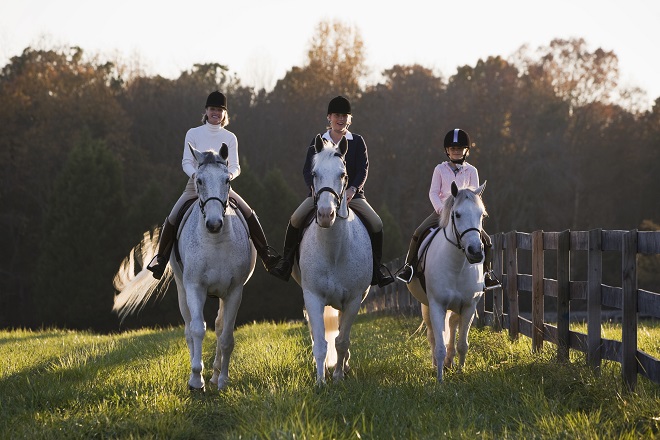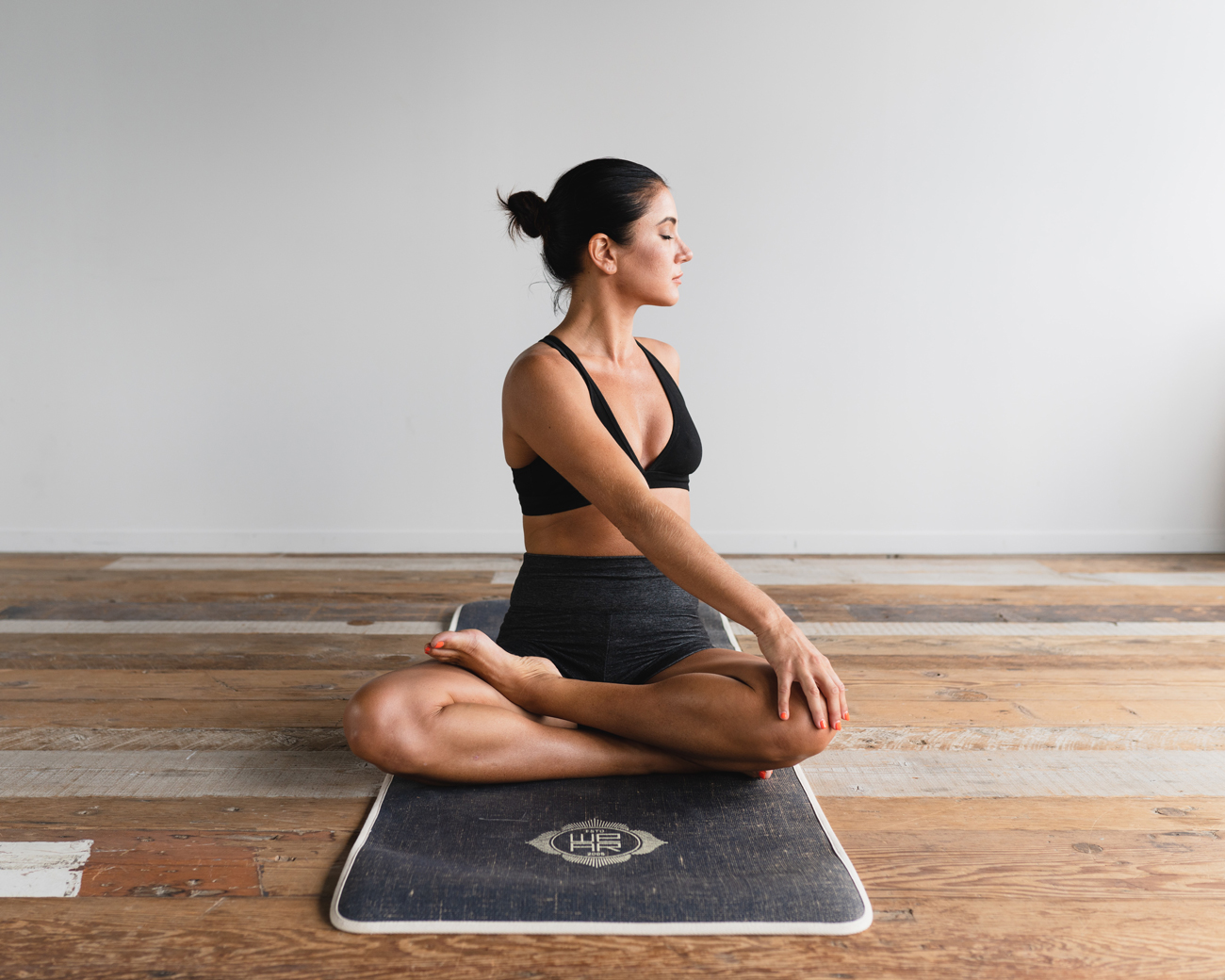Riding a horse is not like sitting on a chair. It might look like a rider is fairly still, but in reality just maintaining balance on a horse uses all kinds of muscle groups. If your muscles are not up to the job, or there’s a problem with your riding technique, this can lead to back problems and pain.
Why back pain is a major problem
Back pain has many causes, but there’s no doubt that it’s a serious problem. In the UK, around 11% of the total disabled population experience lower back pain. Each year around 10,000 adults have elective spinal surgery in England, costing NHS England £200m per year.
It is wise to be proactive in preventing back pain from developing in the first place. Horse riders should do all they can to build their back strength, as well as taking out horse rider insurance as a precaution.

What does it take to ride a horse?
Our bodies do very complex things when riding a horse. Maintaining a good posture and coordination movements, feeling what the horse is doing and communicating through gentle pressure – riding takes strength, endurance, flexibility and stability.
The pelvis is crucial in providing stability while riding, and an unstable pelvis can cause problems with the ribcage and shoulders, in turn causing an imbalance that can affect the horse’s health as well as the rider’s. Put simply, it’s not good for your horse if you are always leaning to one side.
In your upper body, riding uses the scapular stabilisers (muscles around the shoulder blades). These help to maintain your posture, which is essential for maintaining control of your horse.
The back and spinal muscles are needed for stabilisation and moving sideways and rotating in the saddle, allowing quick recovery if you go off balance temporarily.
The pectoral muscles of the chest are also important in balancing out the scapular stabiliser muscles on the back. Pectoral muscles often suffer in people who spend long hours sitting at a desk.
Moving down the body, the abdominal muscles around your tummy area are vital for core stability. These help the hips, pelvis and lower back to remain stable but not rigid. This means that your body goes with the flow of riding – rigidity in the abdomen can reduce shock absorption and result in back pain.
In the lower body, the muscles that control the hips – those on the inner and outer thighs, around the pelvis and in the buttocks – help with gripping the horse, maintaining balance and ensuring stability of the pelvis. They also maintain balance when carrying out manoeuvres such as jumping.
To protect yourself against the risk of injury while riding, horse rider insurance is essential. Providing cover in the event that you injure yourself or someone else, this type of insurance will step in if you hurt your back. In the event of severe injury, it can make all the difference!

5 exercises to strengthen your back
Having a strong back is really important when you’re a horse rider. Without the right strength and flexibility, your back will be taking strain and tiny shocks – over time, this can build up and cause long-term problems.
Even if your back is giving no sign of being unhappy, damage can be building up ready to develop into a fully-fledged problem further down the line.
As well as working on your riding technique and posture, exercises can help to maintain your muscles and prevent injury. Try these exercises each day and see how much stronger you feel after a few weeks.
Flexion stretch
Get down onto all fours, then push back so your buttocks rest on your heels. Stay in this position for a few seconds, rock forwards then return and hold again.
Alternative flexion stretch
Rest on the floor, lying on your back. Pull one knee up towards your chest and hold there for a few seconds. Release and do the same with the other knee.
Back stabiliser
Get onto all fours, then hold out your left arm and right leg at the same time, making sure to keep a straight neck and back. Hold this position for a few seconds, then repeat with the other side.
Back extender
Lie on your back with your head on a cushion, bend your knees up and put your arms out to the side in a cross shape. Be careful not to arch your back. Hold this position for a few minutes, then release.
Core muscle builder
Sit on a chair, holding your back straight. Picture the muscles around your core and tummy, then tense them and hold for 10 seconds. Make sure you breathe normally while doing this, then release.

Other kinds of exercise to support back strength
It’s undoubtedly true that horse riding keeps you fit, but it’s important to do other exercise as well. This will help to strengthen your core and other muscle groups, making injury less likely and increasing your overall fitness profile.
Strengthening exercises such as cycling, running, swimming, yoga and pilates can help you to develop flexibility and strength that support your riding activities. You could even try dance classes such as ballet to help build strength, stability and control.
Strength-building exercises such as step-ups, press-ups and abdominal crunches can also help. The main thing is to do something every day, and ensure that no muscle group is neglected.
It is also important to keep an eye on your weight – carrying too much fat will put added strain on your skeletal and muscular systems, as well as placing more strain on your horse.
Learning techniques to avoid straining your back in other ways, for example safe lifting techniques, can also help to avoid problems developing.
If your job involves a lot of time sitting at a desk, using a standing desk or doing exercises to counteract the impact of long periods of sitting can also be invaluable.
Horse rider insurance from Equesure
Cover from Equesure can complement these back exercises and protect you financially in the event of an accident.
Why not get a quote for horse rider insurance from Equesure today?
Policy benefits and features offered may very between insurance schemes or cover selected and are subject to underwriting criteria. Information contained within this article is accurate at the time of publishing but may be subject to change.






